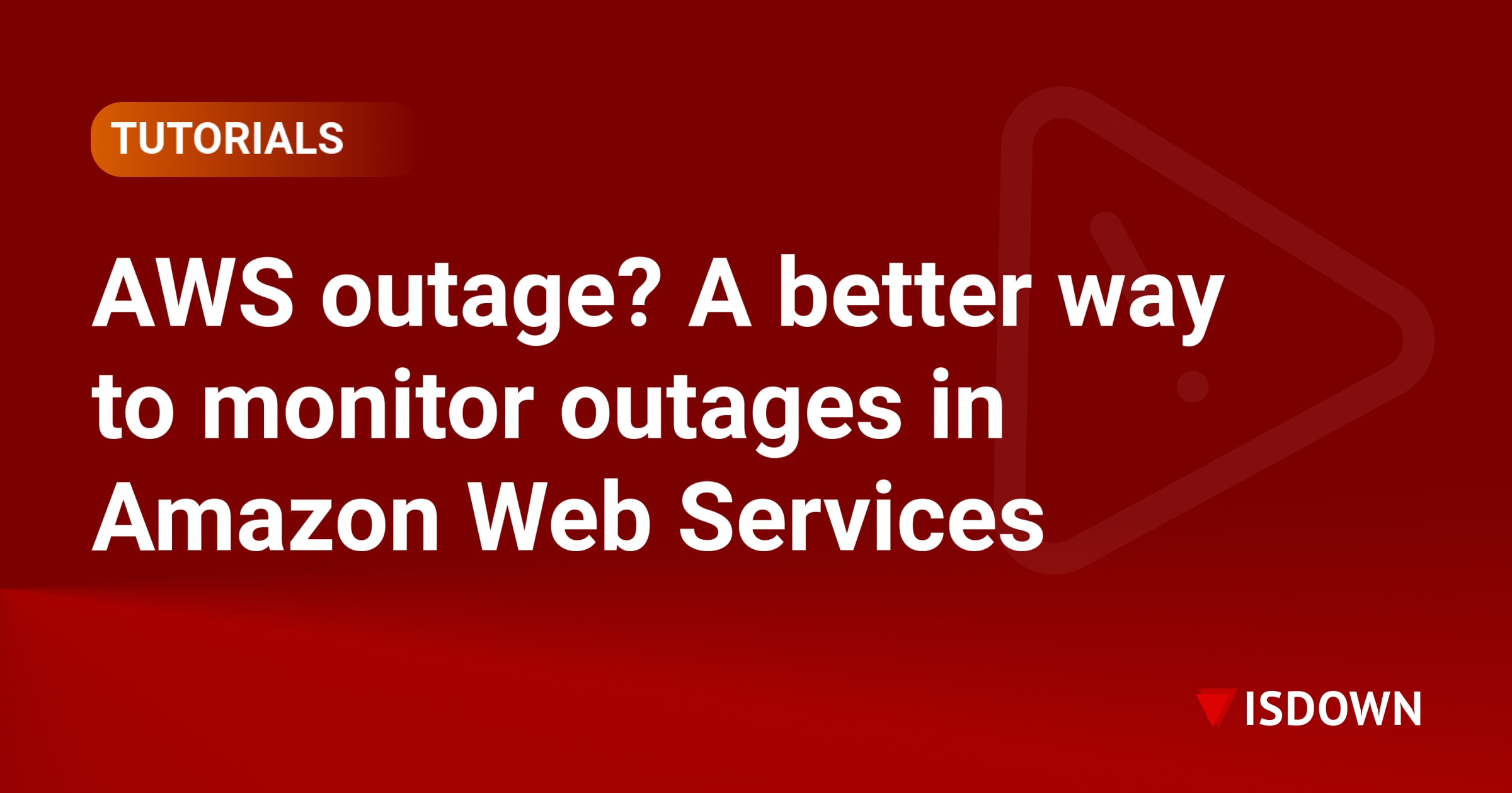Building an Incident Response Playbook: Templates and Examples
An incident response playbook is your team's emergency manual when things go wrong. It's a documented set of procedures that guides your team through detecting, responding to, and resolving incidents efficiently. Without one, teams often scramble during outages, make inconsistent decisions, and take longer to restore service.
Why Your Team Needs an Incident Response Playbook
Incident response playbooks eliminate guesswork during high-stress situations. When your primary database goes down at 3 AM, your on-call engineer shouldn't have to figure out who to contact or what steps to take. A well-crafted playbook provides:
- Clear escalation paths and contact information
- Step-by-step response procedures for common incidents
- Defined roles and responsibilities
- Communication templates for stakeholders
- Recovery procedures and rollback plans
Teams with documented response procedures typically see 30-50% faster resolution times and more consistent incident handling across different team members.
Essential Components of an Incident Response Playbook
1. Incident Classification System
Start by defining severity levels that match your organization's needs:
- SEV-1 (Critical): Complete service outage affecting all users
- SEV-2 (High): Major functionality degraded or unavailable for subset of users
- SEV-3 (Medium): Minor feature issues with workarounds available
- SEV-4 (Low): Cosmetic issues or minor bugs
Each severity level should have specific response time requirements and escalation procedures.
2. Roles and Responsibilities
Define clear roles for incident response:
- Incident Commander: Owns the incident and coordinates response efforts
- Technical Lead: Investigates and implements fixes
- Communications Lead: Updates stakeholders and manages external communications
- Subject Matter Experts: Provide specialized knowledge for specific systems
3. Communication Protocols
Document how and when to communicate during incidents:
- Internal notification channels (Slack, Microsoft Teams, etc.)
- External communication methods (status page updates, customer emails)
- Update frequency based on severity
- Templates for different communication scenarios
For teams using multiple monitoring tools, consider how centralized monitoring can streamline your incident detection and response workflows.
4. Response Procedures
Create specific runbooks for common incident types:
- Database outages
- API failures
- Third-party service disruptions
- Security incidents
- Performance degradations
Each procedure should include diagnostic steps, potential fixes, and rollback procedures.
Incident Response Playbook Template
Here's a practical template you can adapt for your organization:
Initial Response (0-15 minutes)
- Acknowledge the incident in your monitoring system
- Assess severity using your classification system
- Create incident channel in Slack/Teams
- Assign Incident Commander based on on-call schedule
- Post initial status update to your status page
Investigation Phase (15-30 minutes)
Gather initial data:
- Error logs from affected systems
- Recent deployments or changes
- Current system metrics
Form hypothesis about root cause
Test hypothesis with targeted diagnostics
Document findings in incident channel
Resolution Phase
- Implement fix or workaround
- Verify resolution through monitoring
- Update stakeholders on progress
- Monitor for regression after fix deployment
Post-Incident Activities
- Update status page with resolution
- Send final communication to affected users
- Schedule post-mortem within 48 hours
- Update playbook with lessons learned
Real-World Examples
Example 1: Database Connection Pool Exhaustion
Trigger: Monitoring alerts show database connection errors
Response Steps:
- Check current connection count vs. pool limit
- Identify queries holding connections
- Kill long-running queries if necessary
- Scale connection pool or database resources
- Implement query timeout adjustments
Communication: Update status page with "Investigating database connectivity issues"
Example 2: Third-Party API Outage
Trigger: Integration monitoring shows payment processor API failures
Response Steps:
- Verify third-party status page or a status page aggregator
- Enable fallback payment processor if available
- Queue failed transactions for retry
- Communicate expected resolution time to support team
- Monitor third-party status for updates
Communication: "Payment processing experiencing delays due to provider issues"
Implementing Your Playbook
Start Small and Iterate
Don't try to document every possible scenario immediately. Begin with your most common incidents:
- Review your last 3 months of incidents
- Identify the top 5 incident types
- Create detailed playbooks for these scenarios
- Test playbooks during fire drills
- Refine based on real incident experiences
Make It Accessible
Your playbook is only useful if people can find and use it quickly:
- Store in a centralized wiki or documentation system
- Create quick reference cards for common procedures
- Include playbook links in monitoring alerts
- Review during onboarding and team meetings
Regular Updates
Schedule quarterly reviews to:
- Add new incident types
- Update contact information
- Refine procedures based on post-mortems
- Remove outdated information
Measuring Playbook Effectiveness
Track these metrics to gauge your playbook's impact:
- Mean Time to Acknowledge (MTTA): How quickly incidents are recognized
- Mean Time to Resolve (MTTR): Total incident duration
- Escalation accuracy: Percentage of incidents assigned correct severity
- Communication timeliness: How quickly stakeholders are notified
For deeper insights into improving these metrics, explore proven strategies to reduce MTTR.
Common Pitfalls to Avoid
Over-Documentation
Don't create 50-page documents that no one will read during an incident. Keep procedures concise and actionable.
Rigid Procedures
Playbooks should guide, not constrain. Include decision points where human judgment is needed.
Outdated Information
Nothing undermines confidence faster than incorrect contact information or deprecated procedures.
Lack of Testing
Regular fire drills help teams familiarize themselves with procedures before real incidents occur.
Next Steps
Building an effective incident response playbook is an iterative process. Start with basic templates, test them during actual incidents, and continuously refine based on your team's experiences. Remember that the best playbook is one that gets used, so focus on clarity and accessibility over comprehensive documentation.
Consider how your incident response playbook fits into your broader incident management strategy. Tools like IsDown can help detect third-party incidents early, giving your team more time to execute response procedures effectively.
Frequently Asked Questions
How detailed should incident response procedures be?
Procedures should be detailed enough that someone unfamiliar with the system can follow them, but concise enough to read quickly during an incident. Aim for clear, numbered steps with specific commands or actions rather than lengthy explanations.
Who should have access to the incident response playbook?
Everyone on the engineering team should have read access, with write access limited to senior engineers and incident management leads. Consider giving read access to customer support teams so they understand the incident process.
How often should we update our incident response playbook?
Review your playbook quarterly at minimum, with immediate updates after any incident that reveals gaps or outdated information. Set calendar reminders for regular reviews and assign ownership to ensure updates happen.
Should we have different playbooks for different services?
Yes, service-specific playbooks are valuable for complex systems. Create a general incident response framework that applies to all incidents, then add service-specific runbooks for unique response procedures.
What's the difference between a playbook and a runbook?
A playbook provides high-level incident response procedures and protocols, while a runbook contains detailed technical steps for specific tasks. Your playbook might reference multiple runbooks during incident resolution.
How do we ensure people actually use the playbook during incidents?
Make it easily accessible, include playbook links in monitoring alerts, practice with fire drills, and reference it during post-mortems. Consider making playbook usage a required step in your incident response process.
 Nuno Tomas
Founder of IsDown
Nuno Tomas
Founder of IsDown
The Status Page Aggregator with Early Outage Detection
Unified vendor dashboard
Early Outage Detection
Stop the Support Flood
Related articles
Never again lose time looking in the wrong place
14-day free trial · No credit card required · No code required




